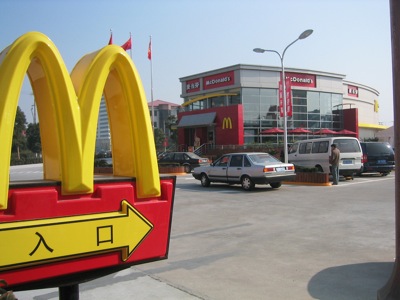San Jose’s Valley Transportation Authority (VTA) has announced that it will start a bus-rapid transit service from Santa Clara to Alum Rock. This was originally supposed to be a light-rail line projected to cost nearly $400 million. As bus-rapid transit, it will cost only $128 million. The light-rail line would not open until 2021; BRT will begin in 2012. Light rail would operate every 15 minutes; BRT every six. BRT was also projected to attract nearly three times as many riders at a lower operating cost than light rail.
Has sanity somehow struck the nation’s worst-managed transit agency? Apparently not, for VTA also looks set to ask voters for a 1/8-cent sales tax to pay for a BART line to San Jose. This sales tax would raise the $42 million per year that VTA estimates it needs just to operate this line. Actual construction — the cost of which is now estimated to be well over $6 billion — would have to be funded out of other money.









